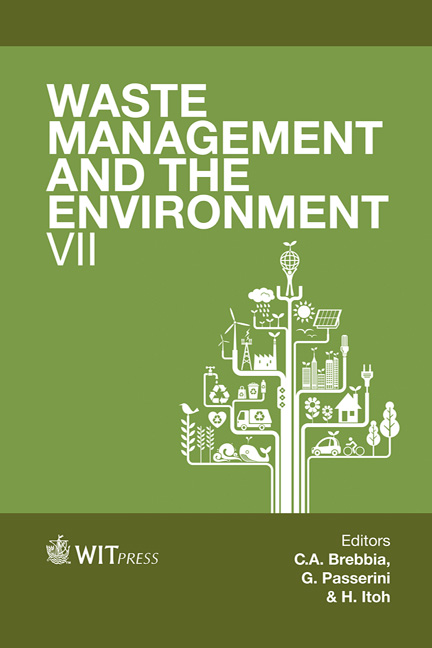VDH – A Case Of Ostrich Philosophy Or A Serious Alternative For The Disposal Of Highly Radioactive Waste?
Price
Free (open access)
Transaction
Volume
180
Pages
14
Published
2014
Size
669 kb
Paper DOI
10.2495/WM140331
Copyright
WIT Press
Author(s)
R. Pusch, M. H. Mohammed & S. Knutsson
Abstract
Two basically different concepts for the disposal of highly radioactive waste are the often cited KBS-3 method implying isolation of such waste in copper canisters in short holes bored from tunnels at a depth of a few hundred meters, and disposal in the lower part of 4 km deep holes (VDH). The deep hole concept has the advantage that the waste packages will be located in very salty, stagnant groundwater in rock that is much less permeable than shallow rock with repositories of KBS-3V type. The disadvantages are that some of the techniques for installation have not yet been demonstrated and that the retrieval of damaged or stuck canisters is deemed more difficult than for KBS-3V. Both concepts require precise adaption of canister and seal positions to the rock structure, which, for KBS-3 repositories, is not known until the tunnels have been constructed. For VDH, pilot borings provide such knowledge at low cost at a very early stage. The deep holes need to be supported by casings and all work deeper than 500 m must be made with clay mud in them. Reconsideration of the design and function of VDH shows that it has significant advantages, primarily respecting cost and construction time, and that new types of concrete for sealing purposes can make such repositories safer than KBS-3V disposal since seismic and tectonic events are less detrimental and future glaciations will cause much less disturbance. The most important value is that the groundwater that can possibly become contaminated by failing engineered barriers will stay at more than 2000 m depth and that there is no mechanism that can bring it up to the biosphere. Keywords: clay, concrete, disposal of radioactive waste, deep boreholes.
Keywords
clay, concrete, disposal of radioactive waste, deep boreholes.





